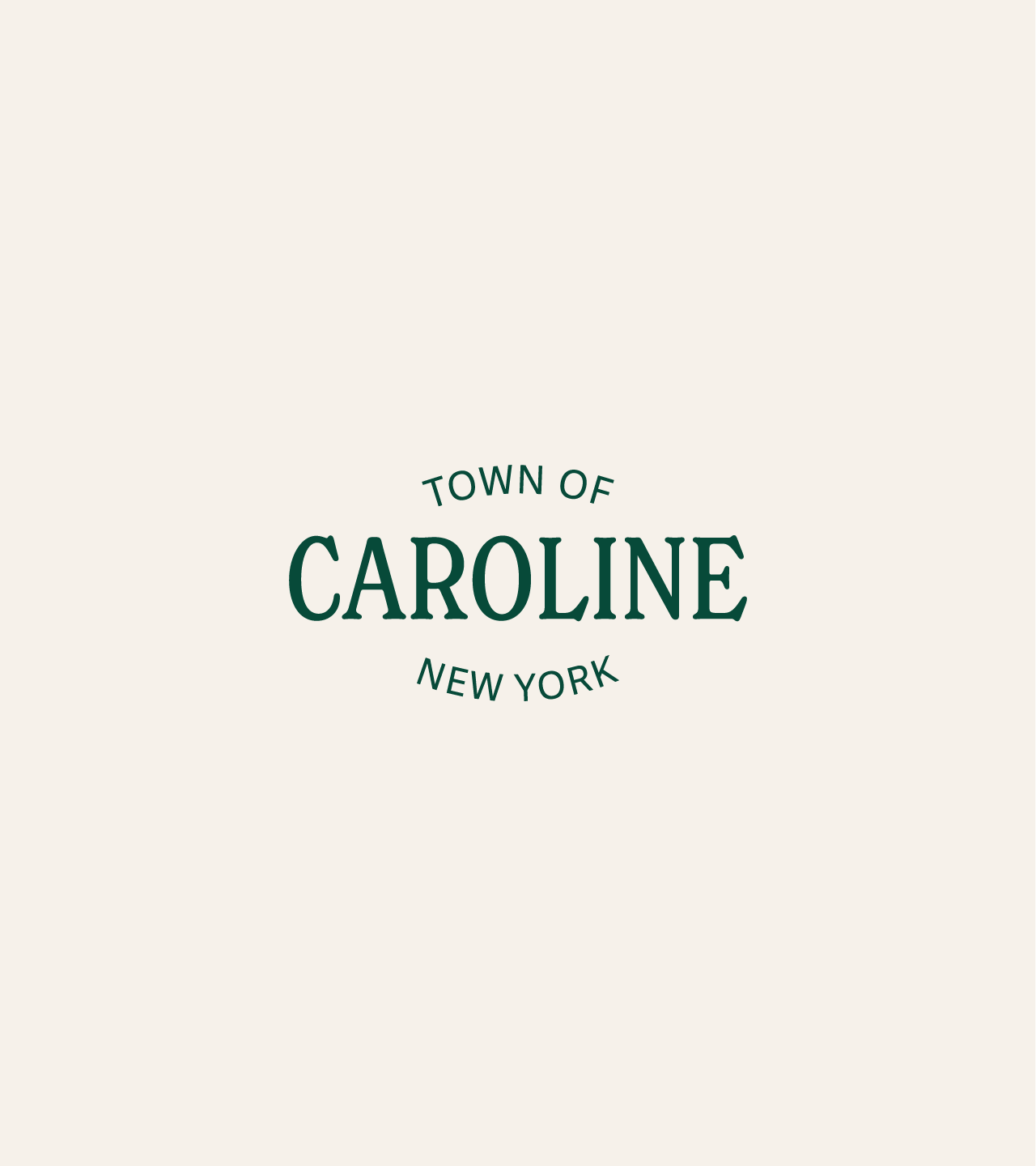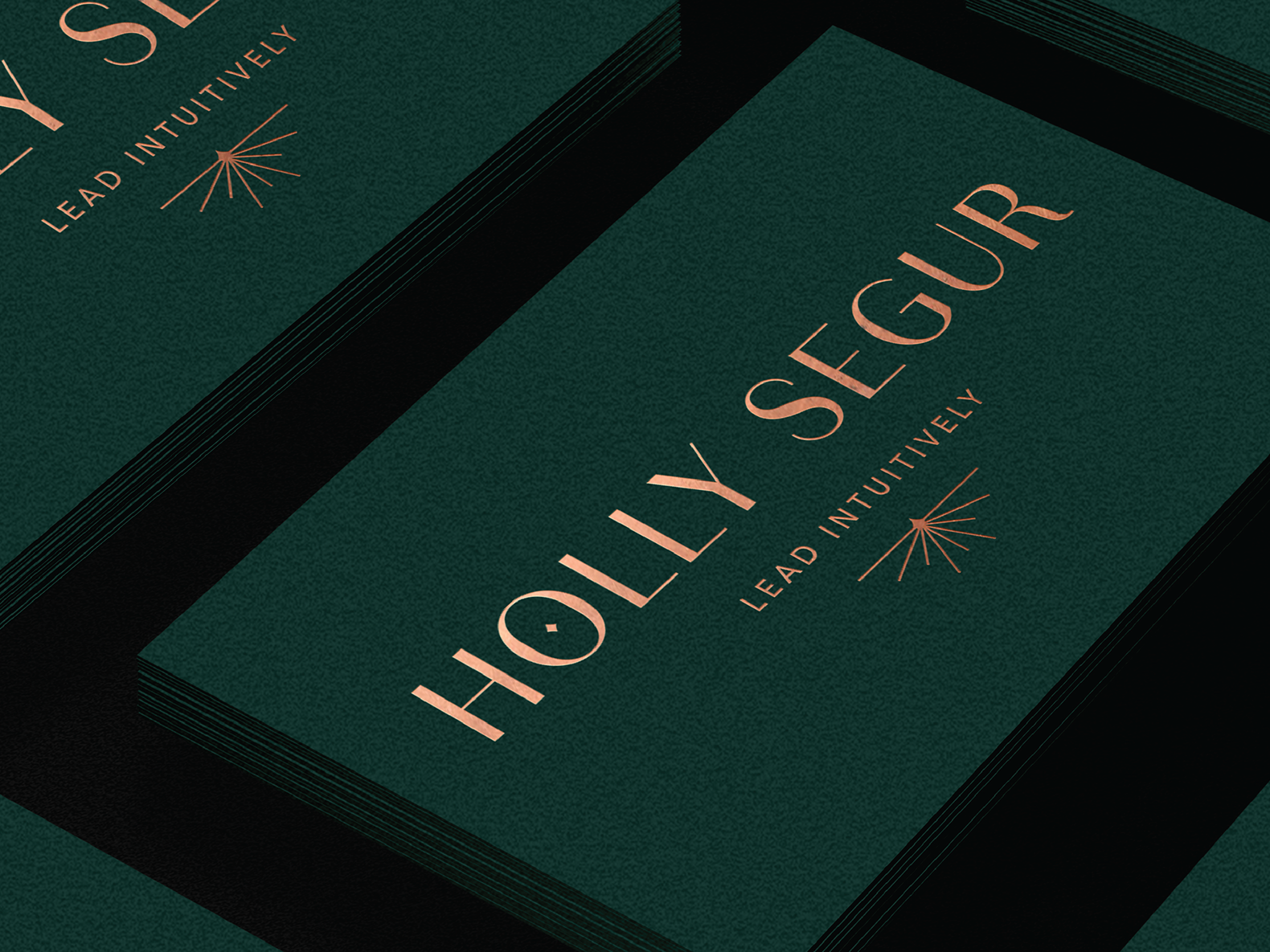WEB DESIGN IN SQUARESPACE
UX DESIGN
SITE ARCHITECTURE
WIREFRAMING
CONTENT MANAGEMENT
CMS TRAINING
WEB ACCESSIBILITY
SEO BASICS
CLIENT
Town of Caroline, a rural community in upstate New York
THE CHALLENGE
The Town of Caroline needed a modern, accessible website that reflected their values while providing essential services to residents. Their previous site, built in Weebly, was outdated and difficult to maintain. Residents struggled to find critical information like meeting agendas, town services, and announcements. The site didn't meet modern accessibility standards and lacked visual cohesion.
MY APPROACH
I started by gathering feedback from town officials to understand their biggest pain points. I focused on improving content organization and creating an intuitive navigation system that worked for users of all technical abilities.
The work included:
➛ Migrating years of content from Weebly to Squarespace without losing any data
➛ Restructuring the site architecture to make critical resources easily accessible
➛ Designing a clean, modern aesthetic that reflected the town's character
➛ Ensuring WCAG compliance for accessibility
➛ Creating a fully responsive design that worked seamlessly across all devices
➛ Training town staff to update and manage content independently
THE OUTCOME
The new site received positive feedback from both residents and town officials. Traffic increased, and residents could quickly find essential information. Town staff gained the ability to easily manage and update content without external support, and the site now serves all users regardless of device or ability.
View the site: townofcaroline.org








